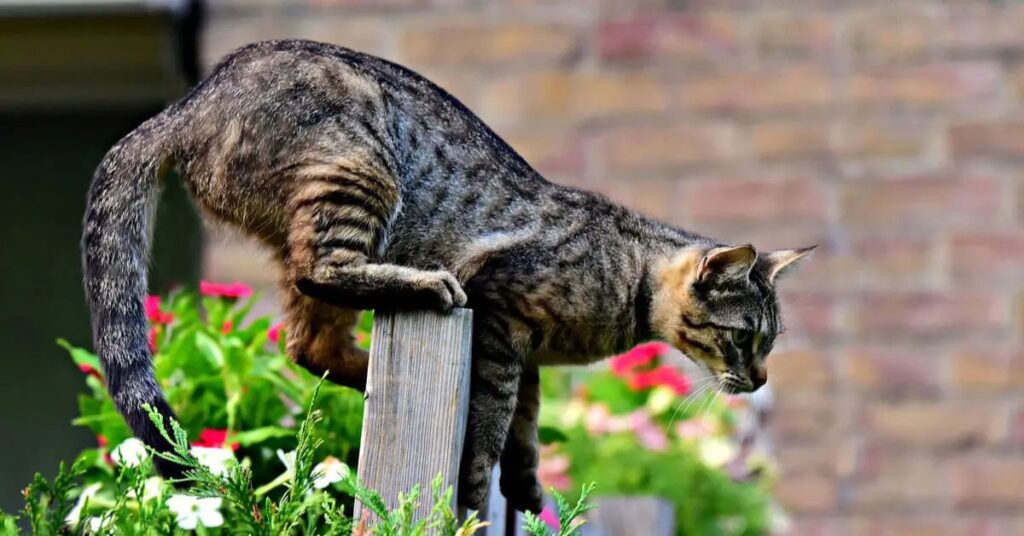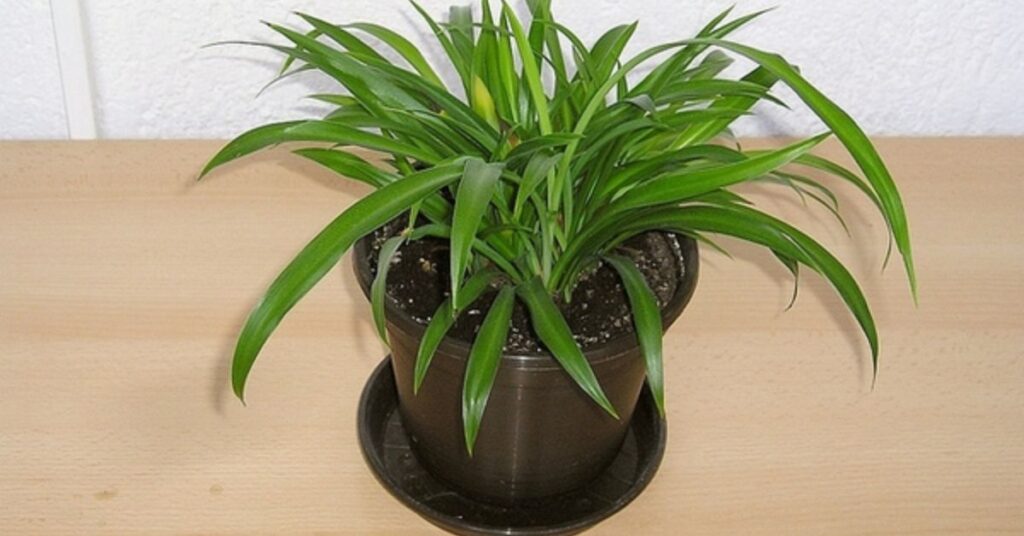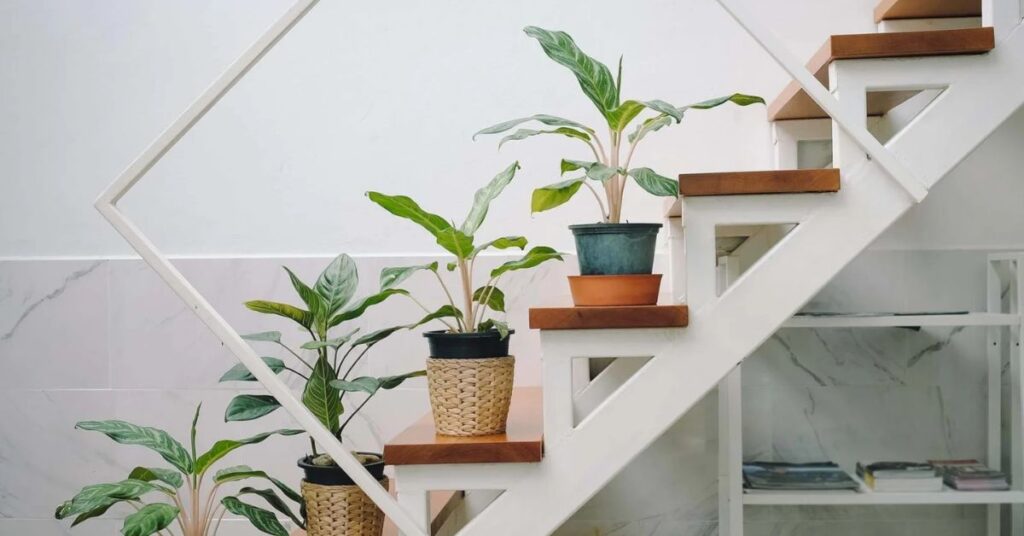Are Spider Plants Toxic To Cats?-A Comprehensive Guide
Bug plants, or Chlorophytum comosum, are well-known houseplants because of their wavy leaves and air-cleaning trends. If you own a cat, you may be surprised if insects are nasty to cats.
The solution is not any; trojan horse blossoms (or Chlorophytum comosum) are not ideal to be terrible for cats. However, some cats may be interested in the plant and nibble on it, which would cause slight gastrointestinal misery, which includes loose stools or regurgitation.
In this bulletin, we will learn if bug blossoms are toxic to cats, how to secure your domestic dog, and some options if you’re involved in your puppy’s fitness.
Understanding Spider Plants:
Spider plant life is local to South Africa due to its resilient nature. It thrives in several indoor situations, making it a favorite among plant enthusiasts. Its prolonged, slender leaves are often inexperienced with white or yellow stripes, and it produces small white plant accompanied by plantlets that hold from prolonged stems, collectively with spiders.
One of the primary reasons humans pick spider plants is their capability to purify indoor air. They help get rid of pollution, including formaldehyde and xylene, which may contribute to a more healthful living environment. Additionally, spider plant life is non-toxic to human beings, which makes them an attractive preference for households.
The Safety of Spider Plants for Cats:
Spider plant are typically steady for cats and are not considered toxic. However, they’ll be a temptation for curious felines because of their placed leaves and how they drift. While ingesting spider plant leaves may additionally cause moderate gastrointestinal troubles in some cats, consisting of vomiting or diarrhea, it’s usually not extreme.
If you have a cat that is very interested in your spider plant, keep the plant out of reach or provide your cat with various sorts of enrichment. If you notice any persistent signs or behavioral modifications after your cat interacts with the plant, it is essential to seek advice from your veterinarian.
Also Read: Can Cats Eat Bacon?-A Comprehensive Guide
Keeping Your Cat Safe
Even though spider vegetation isn’t moderately poisonous, it’s an outstanding concept to take steps to save your cat from consuming them. Here are some hints to keep your tom cat friend strong while taking element on your houseplants:
1. Placement:
Keep spider vegetation from your cat’s attainment. Place them on excessive cabinets or keep them near the ceiling so your cat can’t quickly get right of entry to them. That reduces the opportunity for your cat to munch at the leaves.
2. Deterrents:

Use deterrents to make the plant less attractive to your cat. You can use citrus peels, which cats usually dislike, or commercial doggy deterrent sprays. These can help discourage your cat from drawing close to the plant.
3. Provide Alternatives:
Cats regularly chew on vegetation out of boredom or to satisfy their instincts. Consider providing your cat with cat grass or catnip. These are secure for cats to bite on and help keep them far away from your spider plant.
4. Monitor:
Keep a watchful eye on your cat’s behavior throughout the plant. If you notice that your cat is curious about the spider plant, you might need to take more measures to protect your cat and your plant.
Alternative Pet-Friendly Plants:
Numerous domestic dog-nice plants are consistent for each cat and puppy. Here are a few alternatives you will possibly undergo in mind:
1. Boston Greenery (Nephrolepis exaltata):
A lavish, non-harmful plant that gives a bit of vegetation without representing any risk to pets.
2. Areca Palm (Dypsis lutescens):
Likewise called the butterfly palm, this plant is consistent for pets and gives tropical energy to your place.
3. Insect Plant (Chlorophytum comosum):

As mentioned, it is generally okay for pets, though it can cause gentle stomach-related issues when ingested.
4. Bamboo Palm (Chamaedorea seifrizii):
Another palm range is steady for pets, enabling more significant, excellent indoor air.
5. Parlor Palm (Chamaedorea elegans):
A small, doggy-secure palm that flourishes in low-mild conditions.
6. African Violet (Saintpaulia):
It is a pretty, non-noxious plant that is best for concealing in your home.
Also Read: Can Cats Have Pineapple?-A Comprehensive Guide
Preventative Measures:
To maintain each of your pets and your vegetation safe, right here are a few preventative measures you could take:
1. Choose Pet-Safe Plants:
Select vegetation that is non-poisonous to pets. That reduces the damage hazard if your pet selects to chew on or ingest the plant.
2. Place Plants Out of Reach:

If you have consistent vegetation that can also tempt your pets, try placing it in areas that might be harder for them to access. Hanging planters or excessive cabinets can work nicely.
3. Provide Alternatives:
Give your pets suitable toys and scratching posts to divert their interest some distance from your plant life. For cats, cat grass or catnip may be a great distraction.
4. Use Pet Repellents:
Home canine-stable repellents are available that discourage pets from chewing on vegetation. You can also use herbal deterrents like citrus peels or vinegar.
5. Regularly Inspect Plants:
Check your vegetation for any signs and symptoms of damage or capability troubles that would entice pets. Removing lifeless or decaying leaves can help lessen the hobby.
6. Train Your Pet:
Training your domestic dog to avoid positive areas or behaviors can be helpful. Positive reinforcement and ordinary instructions may be decisive.
7. Monitor Pet Behavior:
Keep an eye on how your pets interact with flowers. If you notice any unusual behavior or symptoms, seek advice from a veterinarian immediately.
Also Read: How Much Is A Maine Coon Cat?-A Comprehensive Guide
FAQ’s:
1. What occurs on the off chance that a feline eats an insect-plant?
Insect plants are not poisonous to felines; however, cats might encounter slight gastrointestinal disappointment if they eat enough.
2. Are spider plants constant for pets?
The ASPCA lists Spider Plants as non-poisonous for dogs and cats. However, Spider Plants attract cats in the element because they will be mildly hallucinogenic.
3. Do spider plants clean the air?
Spider plants were the champs, getting rid of 95% of the poisonous substance from a sealed Plexiglas chamber in 24 hours.
4. Why is my cat captivated by my spider plant?
However, cats can nibble on spider plants to settle an uneasy belly.
Conclusion:
In conclusion, while spider plants are incredibly toxic to cats, preserving your feline’s fitness and well-being is crucial. By taking simple precautions and supplying opportunity flowers to your cat, you may enjoy the splendor of spider plants without risking your puppy’s safety. With some planning and care, you may create a harmonious living location that benefits you and your bushy associate.






